Wine-Making: a Staple of Italian Culture
Posted on September 30th, 2013 by Anna in Uncategorized | No Comments »
When you think of the great wines of the world, chances are wines from Italy will be at the top of the list. Italy produces 1/3 of the world’s wine at about 51.5 million hectoliters per year. As astounding as this is for a relatively small country, (Italy is just a little over half the size of California,) their true excellence lies in the unmatched quality of their wines. When I first tasted proper Italian wine during a weekend trip to Venice, I was an undergrad accustomed to €4 a bottle wine from Lidl. Unaware that wine could be delicious, as opposed to a punishment you inflict on yourself, I ordered a glass of house wine and found it to be delicate, flavorful, and refreshing all at once. I was stunned.
But of course, Italy has had thousands of years to perfect the art of wine-making. Since the time of the ancient Romans and Etruscans, viticulture and wine-drinking has been a crucial aspect of Italian life and customs. With Italy’s diverse geography—coastal, with mountainous regions like the Italian Alps in the North and the Apennines—and sunny, temperate climate, it allows for twenty different wine-making regions. In the Northeast are “The Venezie,” three regions that have pioneered in wine technology and contain some of the top wine schools in the country.
In the North you’ll find Piedmont, the region of Italy that is renowned worldwide for its prize-winning wines. As most grapes are produced on small, family estates, viticulture is not so much an industry as a way of life in Piedmont, resulting in excellent wines, mainly strong reds such as the Barolo, Barbaresco, and Gattinara. These wines are best suited for a rich, flavorful meal, such as pasta or seafood, although some of the region’s whites, such as Asti Spumante, are ideal to have with pastries.
In central Italy, in regions like Tuscany and Umbria, you’ll find the best climate conditions for growing grapes, with abundant sunshine and warm temperature. Tuscany, with its gorgeous weather and hilly soil, has been the heartland for Italian viticulture for millennia, ever since the Etruscans domesticated wild grape vines. Since then, it has been renowned for producing Chianti, Sangiovese, Cabernet Sauvignon, and other powerful, robust wines perfect for pairing with red meat or game, or any kind of flavorful cheese.
Even the South of Italy and the islands, regions such as Calabria, Sicily, and Sardinia, are skilled at producing unique artesian wines. Sicily, which has more vineyards than any other region in the country, is famous for its dessert wines, such as Marsala. They even have a festival of wine, November 11th or St. Martin’s Day, which is the day that new wines are officially ready to drink, and is celebrated locally in each village. Sardinia, famed for its wines meant to be drunk with seafood, creates a delicate, fruity Vermentino—to be had with shrimp, vegetables, or swordfish—as well as Moscato, Nebbiolo, and both red and white Sauvignons.
Clearly, Italy’s culture of wines is as diverse and fascinating as its cuisine. There is a wine for every meal, for every aspect of life, and for every type of food. Wine dominates their history, their literature, their folklore, and their daily life. It’s declared to be a cure for every disease and malady and a necessity for every good dinner, every good conversation, and every holiday. In light of the fact that it’s impossible to think of Italy without thinking of its wine, wine is surely the key to Italy’s culinary legacy, and one of the greatest gifts it has to offer the rest of the world.


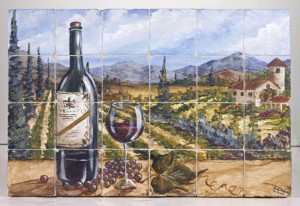



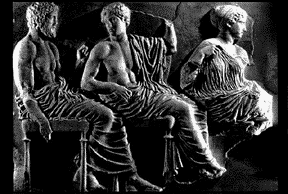
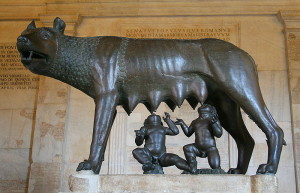
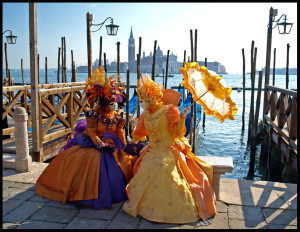
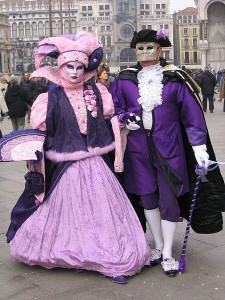
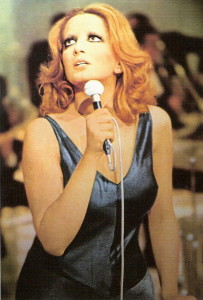

 Italy is a country with a rich history, and over the thousands of years of its existence it’s picked up a few pearls of wisdom, which it has been passing down from generation to generation. I’ve always been fascinated by proverbs and the way different languages can take the same idea and skew it ever so slightly. Italy stands out from other western cultures through its wealth of age-old sayings, many of which unsurprisingly use food as a metaphor for the wise, amusing, and sometimes downright confusing lessons of human existence.
Italy is a country with a rich history, and over the thousands of years of its existence it’s picked up a few pearls of wisdom, which it has been passing down from generation to generation. I’ve always been fascinated by proverbs and the way different languages can take the same idea and skew it ever so slightly. Italy stands out from other western cultures through its wealth of age-old sayings, many of which unsurprisingly use food as a metaphor for the wise, amusing, and sometimes downright confusing lessons of human existence.


